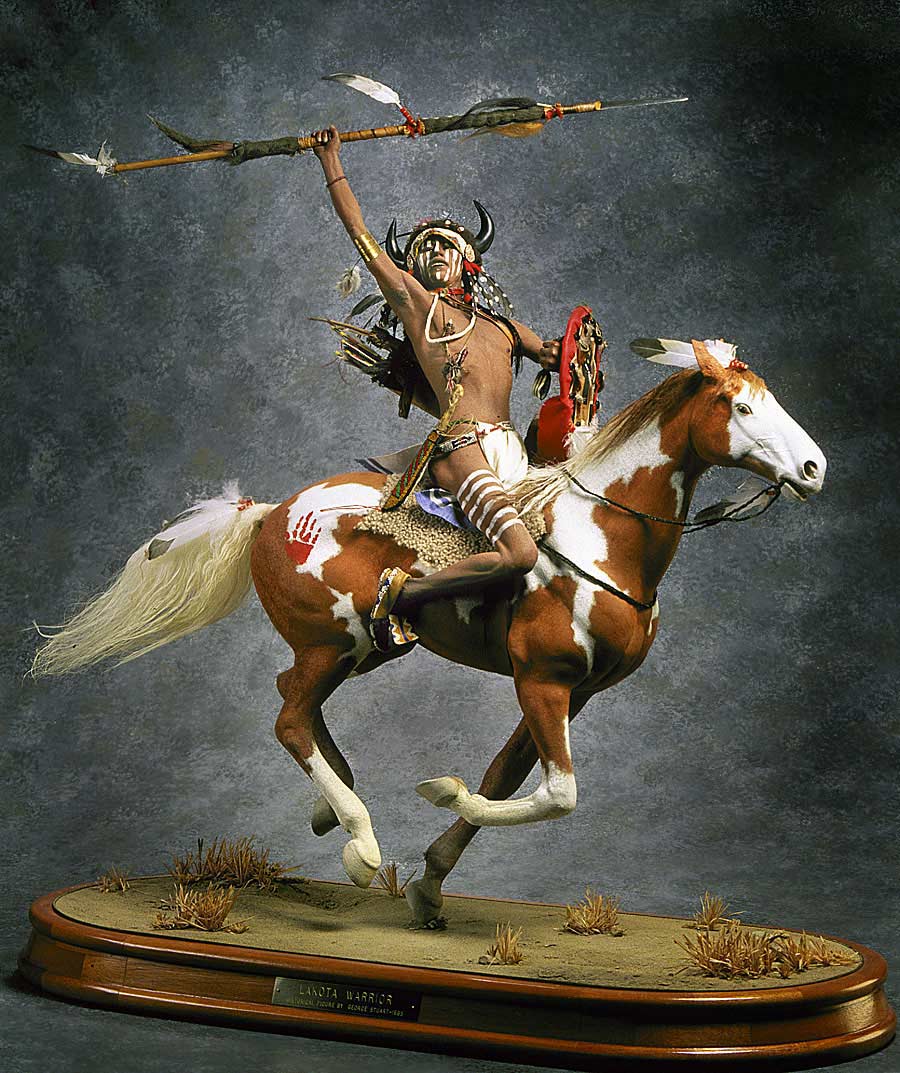 The Lakota were originally referred to as the Dakota when they lived by the Great Lakes. Encroaching European-American settlement led them to migrate west from the Great Lakes region. They later called themselves the Lakota, and were also called Sioux. They were introduced to horse culture by the Cheyenne about 1730
The Lakota were originally referred to as the Dakota when they lived by the Great Lakes. Encroaching European-American settlement led them to migrate west from the Great Lakes region. They later called themselves the Lakota, and were also called Sioux. They were introduced to horse culture by the Cheyenne about 1730
After their adoption of the horse, their society centered on the buffalo hunt with the horse. There were estimated to be 20,000 Lakota in the mid-18th century. The number has now increased to about 70,000, of whom about 20,500 speak the Lakota language.

After 1720, the Lakota branch of the Seven Council Fires split into two major sects, the Saône who moved to the Lake Traverse area on the South Dakota–North Dakota–Minnesota border, and the Oglala-Sicangu who occupied the James River valley. By about 1750, however, the Saône had moved to the east bank of the Missouri River, followed 10 years later by the Oglala and Brulé (Sičangu).
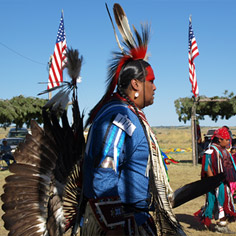
The large and powerful Arikara, Mandan, and Hidatsa villages had prevented the Lakota from crossing the Missouri for an extended period. After smallpox and other infectious diseases nearly destroyed these tribes, the way was open for the first Lakota to cross the Missouri into the drier, short-grass prairies of the High Plains.
These Saône, well-mounted and increasingly confident, spread out quickly. In 1765, a Saône exploring and raiding party led by Chief Standing Bear discovered the Black Hills (which they call the Paha Sapa)
 , first the territory of the Cheyenne. Just a decade later, in 1775, the Oglala and Brulé also crossed the river. The great smallpox epidemic of 1772–1780 destroyed three-quarters of the American Indian populations in the Missouri Valley.
, first the territory of the Cheyenne. Just a decade later, in 1775, the Oglala and Brulé also crossed the river. The great smallpox epidemic of 1772–1780 destroyed three-quarters of the American Indian populations in the Missouri Valley. In 1776, the Lakota defeated the Cheyenne, as the Cheyenne had earlier defeated the Kiowa(next two photos).
In 1776, the Lakota defeated the Cheyenne, as the Cheyenne had earlier defeated the Kiowa(next two photos).  The Cheyenne moved west into the Powder River
The Cheyenne moved west into the Powder River
Initial contacts between the Lakota and the United States, during the Lewis and Clark Expedition of 1804–1806 was marked by a standoff.
When Lakota bands refused to allow the explorers to continue upstream, the Expedition prepared to do battle.
More than half a century later, after US forces built Fort Laramie on Lakota land, officials negotiated the Fort Laramie Treaty of 1851 with the Lakota and other numerous Plains tribes to protect emigrant travelers on the Oregon Trail, which crossed their territory.
Red Cloud's War (also referred to as the Bozeman War or the Powder River War) was an armed conflict between the Lakota, Northern Cheyenne, and Arapaho and the United States in the Wyoming Territory and the Montana Territory from 1866 to 1868. The war was fought over control of the Powder River Country in north central present day Wyoming. European Americans had built the Bozeman Trail through it, which was a primary route to the Montana gold fields. The trail was used by an increasing number of miners, emigrant settlers and others, who competed with the Cheyenne and Lakota for resources and encroached on their traditional territory. The Cheyenne and Lakota had raided emigrant parties in part due to competition for resources, and because of settler encroachment on their lands.Formally, the Fort Laramie Treaty of 1851 acknowledged native sovereignty over the Great Plains in exchange for free passage along the Oregon Trail, for "as long as the river flows and the eagle flies".
.jpg)
The United States named the war after Red Cloud, the Oglala Lakota chief who led his band to oppose the U.S. military in the area. He was allied with the Northern Cheyenne and Arapaho bands. With peace achieved under the Treaty of Fort Laramie the Cheyenne and Lakota achieved victory in this war. They gained recognized control of the Powder River country for the next eight years.Below General Dodge who fought against Red Cloud

The government did not enforce the treaty against European-American encroachment. When the Lakota and other bands attacked settlers and emigrant trains, there was public pressure for the US Army to punish the tribes.
The Grattan Massacre took place on August 19, 1854. It occurred east of Fort Laramie, Nebraska Territory, USA, when thirty U.S. soldiers and a civilian were killed by Brulé Lakota (Sioux) after one of the soldiers had shot their Chief Conquering Bear in the back.

Grattan and the 30 men with him were quickly wiped out, with Lt. Grattan being one of the first killed. A group of some 18 soldiers did break away in an attempt to reach a small group of rocks so that they could form some sort of a defense, but were cut off and annihilated by warriors led by Red Cloud,
 then an up and coming war leader within the Sioux. It was an early and significant event in the plains Indian Wars.
then an up and coming war leader within the Sioux. It was an early and significant event in the plains Indian Wars.
This then led to the Battle of Ash Hollow (also known as the Battle of Bluewater Creek) on September 3, 1855, in which U.S. soldiers killed a number of Brulé Sioux.
This series is expected to be of 20 figures, handmade in South Lands workshop in Buenos Aires, Argentiana.And will be available from sierra toy soldier company
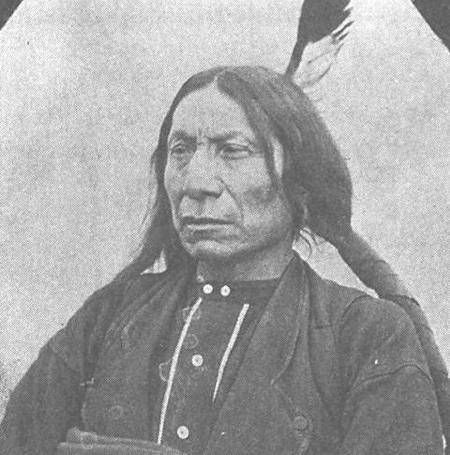
Above Red Cloud
In Nebraska on September 3, 1855, 700 soldiers under American General William S. Harney avenged the Grattan Massacre by attacking a Lakota village, killing 100 men, women, and children.
 Other wars followed; and in 1862–1864, as refugees from the "Dakota War of 1862" in Minnesota fled west to their allies in Montana and Dakota Territory. With increasing settler expansion, war found the tribes again.
Other wars followed; and in 1862–1864, as refugees from the "Dakota War of 1862" in Minnesota fled west to their allies in Montana and Dakota Territory. With increasing settler expansion, war found the tribes again.
Because the Black Hills are sacred to the Lakota, they objected to mining in the area, which had been attempted since the early years of the 19th century.
 In 1868, the U.S. government signed the Fort Laramie Treaty of 1868, exempting the Black Hills from all white settlement forever.
In 1868, the U.S. government signed the Fort Laramie Treaty of 1868, exempting the Black Hills from all white settlement forever. 'Forever' lasted only four years; when gold was publicly discovered there, an influx of prospectors descended upon the area.
'Forever' lasted only four years; when gold was publicly discovered there, an influx of prospectors descended upon the area.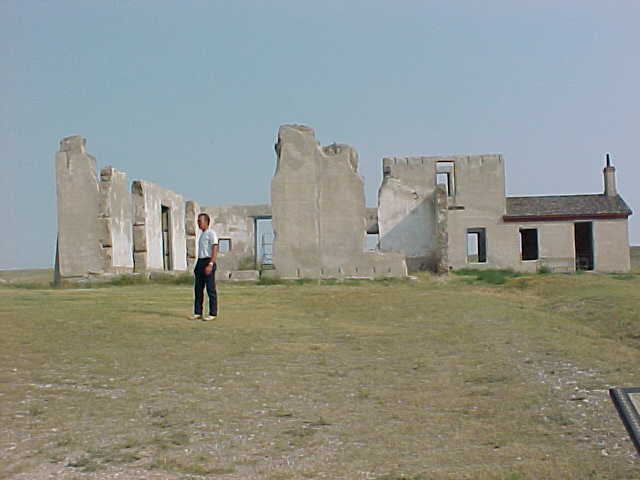
Again, the US reacted to attacks on settlers and miners with military force, abetted by army commanders such as like Lt. Colonel George Armstrong Custer. The latter tried to administer a lesson of noninterference with white policies, resulting in the Great Sioux War of 1876-77. General Philip Sheridan encouraged troops to hunt and kill buffalo as a means of "destroying the Indians' commissary.

The unified Northern Cheyenne led much of the warfare after 1860 on the Plains, along with allied Lakota and Arapaho bands, which operated independently.
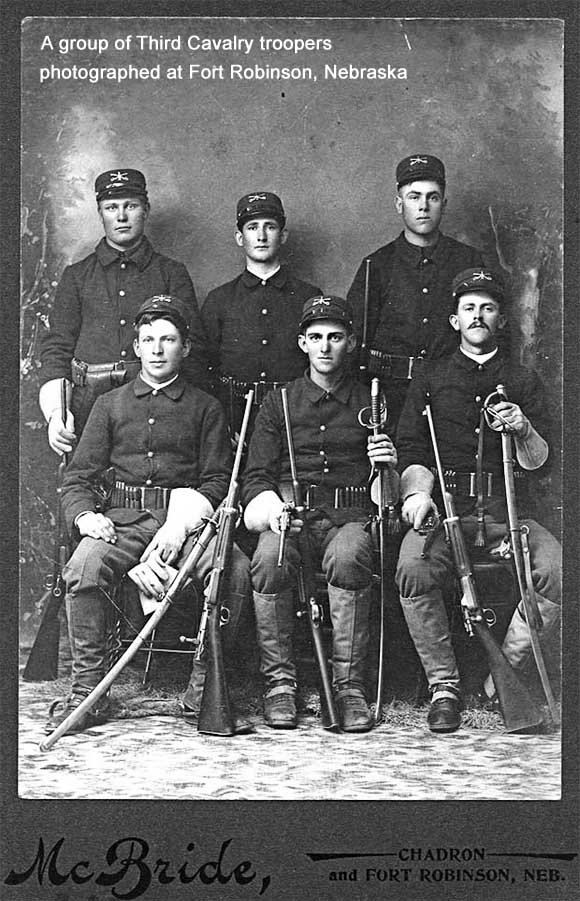 They fought a successful delaying action against General George Crook's army at the Battle of the Rosebud,
They fought a successful delaying action against General George Crook's army at the Battle of the Rosebud,  preventing Crook from locating and attacking their camp, and a week later defeated the U.S. 7th Cavalry in 1876 at the Battle of the Little Bighorn, Lakota call it the Greasy Grass Fight.
preventing Crook from locating and attacking their camp, and a week later defeated the U.S. 7th Cavalry in 1876 at the Battle of the Little Bighorn, Lakota call it the Greasy Grass Fight.  Custer attacked a camp of several tribes, much larger than he realized. Their combined forces killed 258 soldiers, wiping out the entire Custer battalion, and inflicting more than 50% casualties on the regiment.
Custer attacked a camp of several tribes, much larger than he realized. Their combined forces killed 258 soldiers, wiping out the entire Custer battalion, and inflicting more than 50% casualties on the regiment.
"Reno proved incompetent and Benteen showed his indifference – I will not use the uglier words that have often been in my mind. Both failed Custer and he had to fight it out alone."

Little Bighorn veteran William Taylor, letter to Lieutenant Godfrey, February 20, 1910
EAGLE ELK' MEMORIES

DIFFERENT BANDS were camped [together]. They had a victory dance all night. Next morning I came towards this camp. There was a battle on a creek called Rosebud. Some of them came back and had a victory dance. About four days later the Custer fight took place.
 When day came, it must have been about eight in the morning, when the people stopped dancing to eat. Just at that time, a Hunkpapa woman called me and said, "Attackers are approaching fast, they say." (Natan uskay.) While I was with the others, a second call from the same woman repeated the same thing: "Natan uskay." I said, "I am going home. There is something to that [warning]." Someone said, "Don't go. They are not going to kill us all at once."
When day came, it must have been about eight in the morning, when the people stopped dancing to eat. Just at that time, a Hunkpapa woman called me and said, "Attackers are approaching fast, they say." (Natan uskay.) While I was with the others, a second call from the same woman repeated the same thing: "Natan uskay." I said, "I am going home. There is something to that [warning]." Someone said, "Don't go. They are not going to kill us all at once." 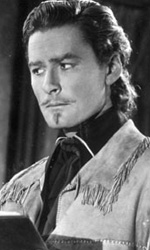
I took my blanket and started [walking] and someone came along and said, "Friend, I am going home, too." It was Red Feather. We started together across the camp circle. Just then we heard shooting towards the river. Red Feather and I ran and got to our home. Just at this moment my brother had driven the ponies in from the water. As we were running to our teepee, I came across a pony that I knew belonged to a relative, so I caught the pony and rode him. I then got my own horse and gun. I was on a fresh horse and started towards where the excitement was going on.

I went a little way and another Indian came along, and he had a horse that belonged to me and was a good horse. I changed to that horse and went right on. Just about that time they were chasing the soldiers. The older people ran away, but the Indian men went right out to fight the soldiers on foot. As I was going along, I saw that the Indians were chasing the soldiers. There were two Indians, one on a black and the other on a white horse, chasing the soldiers. Suddenly, the man on the white horse got among the soldiers. He had a sword and used it to kill one soldier. The other Indian fell off his horse. The horse ran back to the camp. Some man brought the horse back, and that man was Crazy Horse. I did not see where Crazy Horse went from there.

As I was going along, my brother came, and he had a gun, too. He wanted my gun, which was a Winchester; and so I gave it to him and took his. As I went along, I saw a man sitting on the ground, and a woman came along and stopped by him, and first I thought she was pointing at him. She drew back her arm and pointed at him again, and the gun [she was holding] went off and the man dropped. The man was a Hunkpapa who was with the soldiers, and [he] got wounded and fell off his horse.
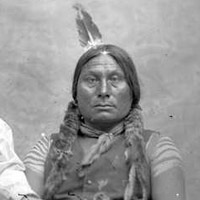 When the woman came up, he said that her husband, or son, must [have] be [en] shot in the battle. She came with her gun, and the man said, "Do not kill me, because I will be dead in a short while, anyway." above hunkpapa gall's winchester and gall himself.
When the woman came up, he said that her husband, or son, must [have] be [en] shot in the battle. She came with her gun, and the man said, "Do not kill me, because I will be dead in a short while, anyway." above hunkpapa gall's winchester and gall himself.
The woman said, "If you did not want to be killed, why did you not stay home where you belong and not come to attack us?" The first time she pointed the gun it did not go off, but the second time it killed him. I heard that this woman is still living among the Hunkpapas. Her name is Her Eagle Robe.
.jpg)
Then I saw that a bunch of Indians were chasing the soldiers up the creek. It was deep and flooded. The Indians could kill the soldiers in the water as they tried to swim [across]. There were two men who ran away from the rest up the hill. They were two Rees who were with the soldiers. They were singing as they ran away, so we knew they were Indians. I was not doing very much, but was keeping back and watching. The two [Ree] Indians escaped and ran up the hill. Before they got away, a Sioux rode up to them and was going to attack the Ree. The Ree shot the Sioux, and he fell off his horse. After that a man with long hair and all stripped got right up to him and they were both on the ground, and the Ree and Sioux were shooting at each other. The Ree was shot down and fell. Just at that time, the other Ree was fighting with another Sioux, and the Ree shot the Sioux off his horse. The stripped man shot the Ree.
I did not see any soldiers who escaped; all I saw were killed. Just about that time, some Indians started a fire because soldiers were hiding in the tall grass." Just then someone said more soldiers [Custer's battalion] were coming. There was a party of eight Indians and I who started that way and got to a point where they could see there were soldiers all right. We nine went down and saw the [Custer] soldiers on the ridge. Before we crossed the water, we were the first to make a charge. One man went out of the bunch and took away the flag that one soldier had. The Cheyenne was shot through the heels, and his horse stumbled and broke his legs. We went right up to the soldiers. Just at this moment we noticed that the other Indians were charging from the south end." From that time, the others were coming across the creek after the soldiers. The soldiers were shooting a lot, so the Indians were thrown back.
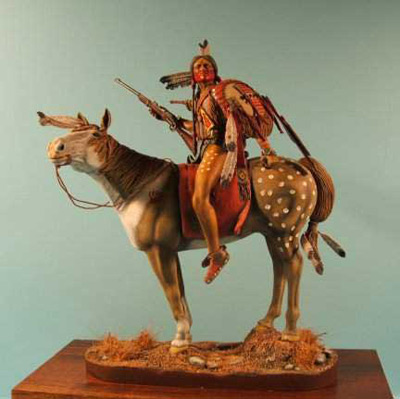
I saw a yellow spotted horse running and no man was on him. Just then I saw an Indian running who was shot through the jaw, and [he] was all bloody. My brother saw him and came up and helped him, and then we went on chasing the soldiers. I had a brother with me, and as we made a charge, they shot back very heavily, so we swung back. Just then my brother's horse was running [off] and he was not on him. I thought he was shot off, and just at that moment there were four soldiers' horses running. I chased after them. I was chasing the horses and got two of them, and gave them to another Indian. At that moment I saw a horse shot through the head near the ear. He did not drop, but went around and around [in a circle].
An Indian came and said, "Your cousin is shot off his horse. He is lying over there." But I did not go back to look for him. Another man said, "There is a man shot through the head." I found him and saw the man. He wore a bird on his head, and the bullet went through the bird and his head. One of the soldiers' horses that I caught (above) was bay and the other sorrel. The bridle reins were tied together. I got off my horse and another man was getting off. This man who was shot through -- we went there; and it was behind a ridge so there was no danger.

Half of the 7th Cavalry's companies had just returned from 18 months of constabulary duty in the Deep South, having been recalled to Fort Abraham Lincoln to reassemble the regiment for the campaign. About 20 percent of the troopers had been enlisted in the prior seven months (139 of an enlisted roll of 718), were only marginally trained, and had no combat or frontier experience. A sizable number of these recruits were immigrants from Ireland, England and Germany, just as many of the veteran troopers had been before their enlistments. Archaeological evidence suggests that many of these troopers were malnourished and in poor physical condition, despite being the best-equipped and supplied regiment in the army.
Of the 45 officers and 718 troopers then assigned to the 7th Cavalry (including a second lieutenant detached from the 20th Infantry and serving in Company L), 14 officers (including the regimental commander, Col. Samuel D. Sturgis) and 152 troopers did not accompany the 7th during the campaign. The ratio of troops detached for other duty (approximately 22%) was not unusual for an expedition of this size,[12] and part of the officer shortage was chronic, due to the Army's rigid seniority system: three of the regiment's 12 captains were permanently detached, and two had never served a day with the 7th since their appointment in July 1866.[13] Three second lieutenant vacancies (in E, H, and L Companies) were also unfilled.
Their victory over the U.S. Army would not last, however. The US Congress authorized funds to expand the army by 2500 men. The reinforced US Army defeated the Lakota bands in a series of battles, finally ending the Great Sioux War in 1877. The Lakota were eventually confined onto reservations, prevented from hunting buffalo and forced to accept government food distribution.
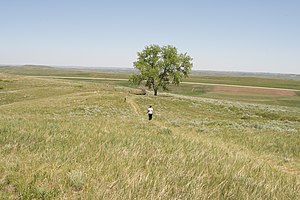
In 1877 some of the Lakota bands signed a treaty ceding the Black Hills to the United States. Low-intensity conflicts continued. Fourteen years later, Sitting Bull was killed at Standing Rock reservation on December 15, 1890. The US Army attacked Spotted Elk (aka Bigfoot), Mnicoujou band of Lakota at the Wounded Knee Massacre on December 29, 1890 at Pine Ridge.
Today, the Lakota are found mostly in the five reservations of western South Dakota: Rosebud Indian Reservation (home of the Upper Sičangu or Brulé), Pine Ridge Indian Reservation (home of the Oglala), Lower Brule Indian Reservation (home of the Lower Sičangu), Cheyenne River Indian Reservation (home of several other of the seven Lakota bands, including the Mnicoujou, Itazipco, Sihasapa and Oohenumpa), and Standing Rock Indian Reservation (home of the Hunkpapa), also home to people from many bands. Lakota also live on the Fort Peck Indian Reservation in northeastern Montana, the Fort Berthold Indian Reservation of northwestern North Dakota, and several small reserves in Saskatchewan and Manitoba. Their ancestors fled to "Grandmother's [i.e. Queen Victoria's] Land" (Canada) during the Minnesota or Black Hills War.
Large numbers of Lakota live in Rapid City and other towns in the Black Hills, and in metro Denver. Lakota elders joined the Unrepresented Nations and Peoples Organization (UNPO) to seek protection and recognition for their cultural and land rights.It is a little known fact that some of the American Sign Language came from the Lakota Sioux.

No comments:
Post a Comment